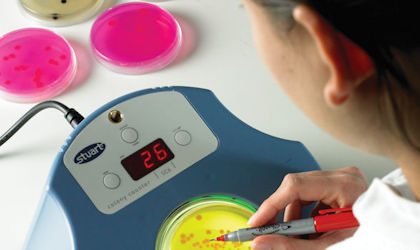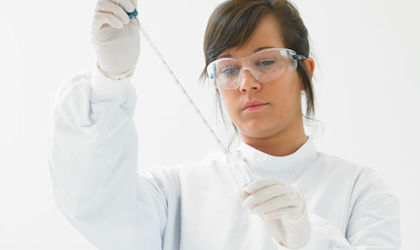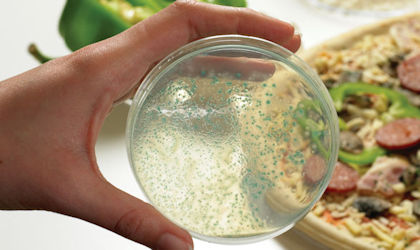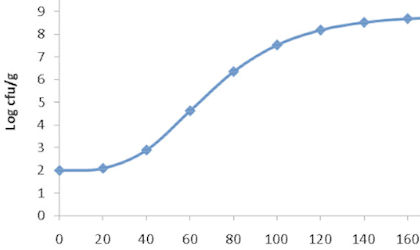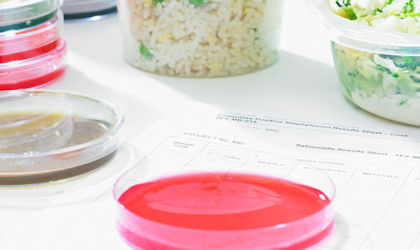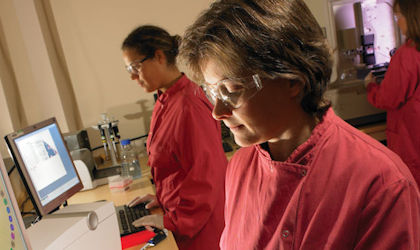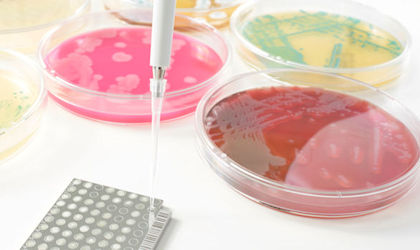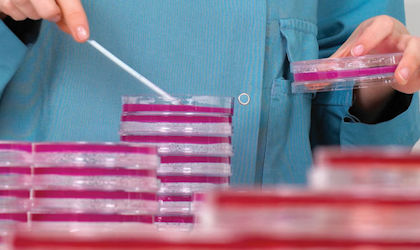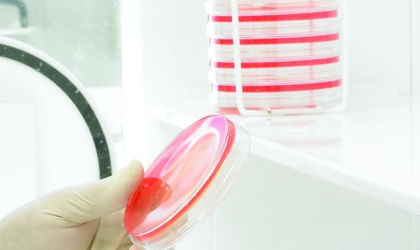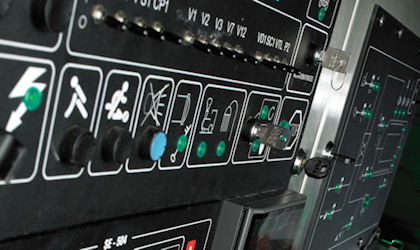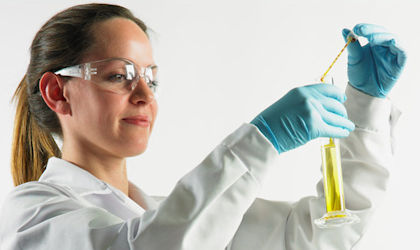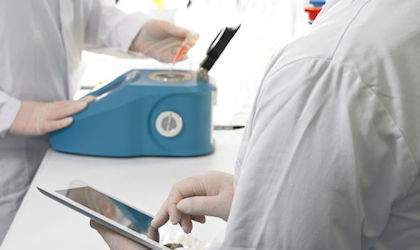Microorganism identification and characterisation
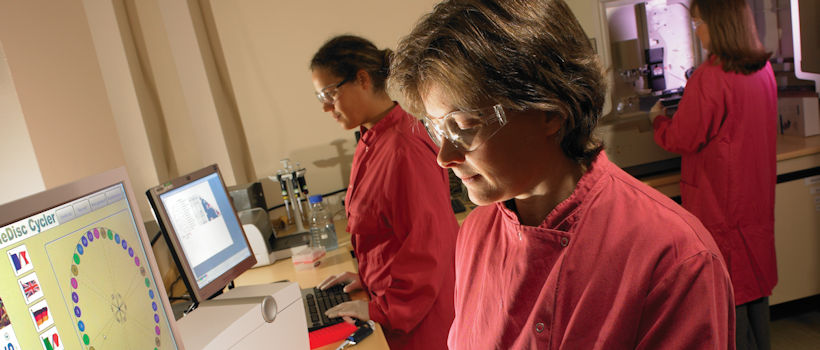
To discuss your needs
Identification and characterisation of microorganisms is a key part of the management of food safety and quality, tracing contaminants and troubleshooting problems such as spoilage. Knowing how to identify bacteria or other unknown microorganisms that you have encountered can help to assess whether it poses a safety/spoilage concern or is likely to be heat resistant, for example.
Sometimes, however, you need to know more - including where a contaminant came from. Many organisms occupy a diverse range of habitats, and so the only way of knowing the origins of a particular contaminant is to identify/characterise it to a specific strain and then match that with a strain elsewhere in the environment or in a particular food ingredient.
Campden BRI is a world leader in this type of work, utilising state-of-the-art molecular (DNA-based) biochemical and phenotypic methods - picking those that best solve your problems. We can also offer back-up information as part of the service, such as details of possible sources of the problem organisms, or information about known food poisoning outbreaks.
Among the techniques we use are:
- DNA sequencing – to identify bacteria, moulds and yeasts.
- Riboprinter analysis – for bacterial identification and characterisation.
- Repeat–based polymerase chain reaction – for assessing the similarity of microorganisms.
- Rapid pathogen confirmation by polymerase chain reaction.
These are all in our Microbial identification and characterisation services brochure (5MB)
What do identification and characterisation entail?
Identification of microorganisms – provides the name of the organism (to genus or species level), which can help in determining whether it is a safety or spoilage concern or is likely to be heat resistant, for example.
Characterisation of microorganisms (typing) – this groups together organisms that share similar DNA fragment patterns or antigenic profiles, to assist with tracking or tracing contamination.
Key services
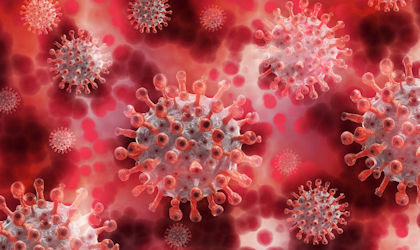
COVID-19 (SARS-CoV-2)
Environmental testing and prevention to help the food industry control SARS-CoV-2.
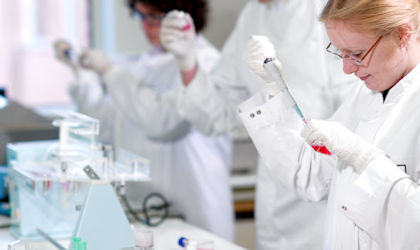
Microbiological analysis and testing
Covering pathogens, spoilage organisms, and indicator organisms
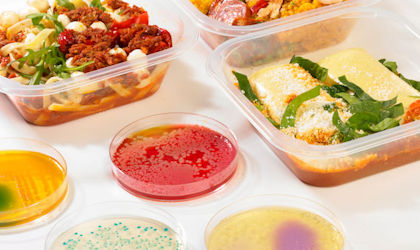
Microbiological shelf-life
Product safety, retaining sensory, microbiological and chemical characteristics.
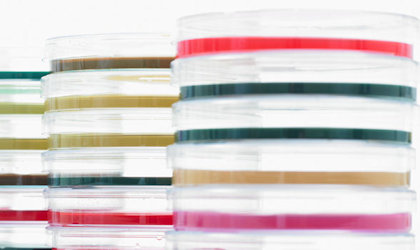
Microbiological methods evaluation
Evaluating microbiological methods, validation and interpretation.
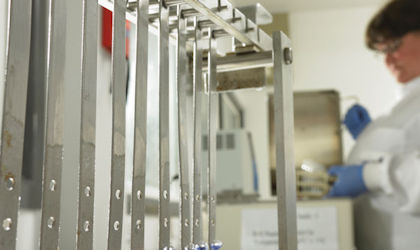
Heat resistance
Determine whether the process you are using will be sufficient to achieve your aims.
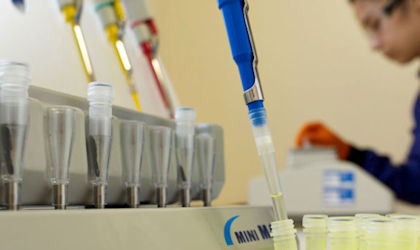
Detection and control of foodborne viruses
Foodborne viruses are a safety challenge for a range of foods.
Where we refer to UKAS Accreditation
The Campden BRI group companies listed below are accredited in accordance with the recognised International Standard ISO/IEC 17025:2017 by the United Kingdom Accreditation Service (UKAS). The accreditation demonstrates technical competence for a defined scope of methods, specific to each site, as detailed in the schedules of accreditation bearing the testing laboratory number. The schedules may be revised from time to time and reissued by UKAS. The most recent issue of the schedules are available from the UKAS website www.ukas.com. Campden BRI (Chipping Campden) Limited is a UKAS accredited testing laboratory No. 1079


